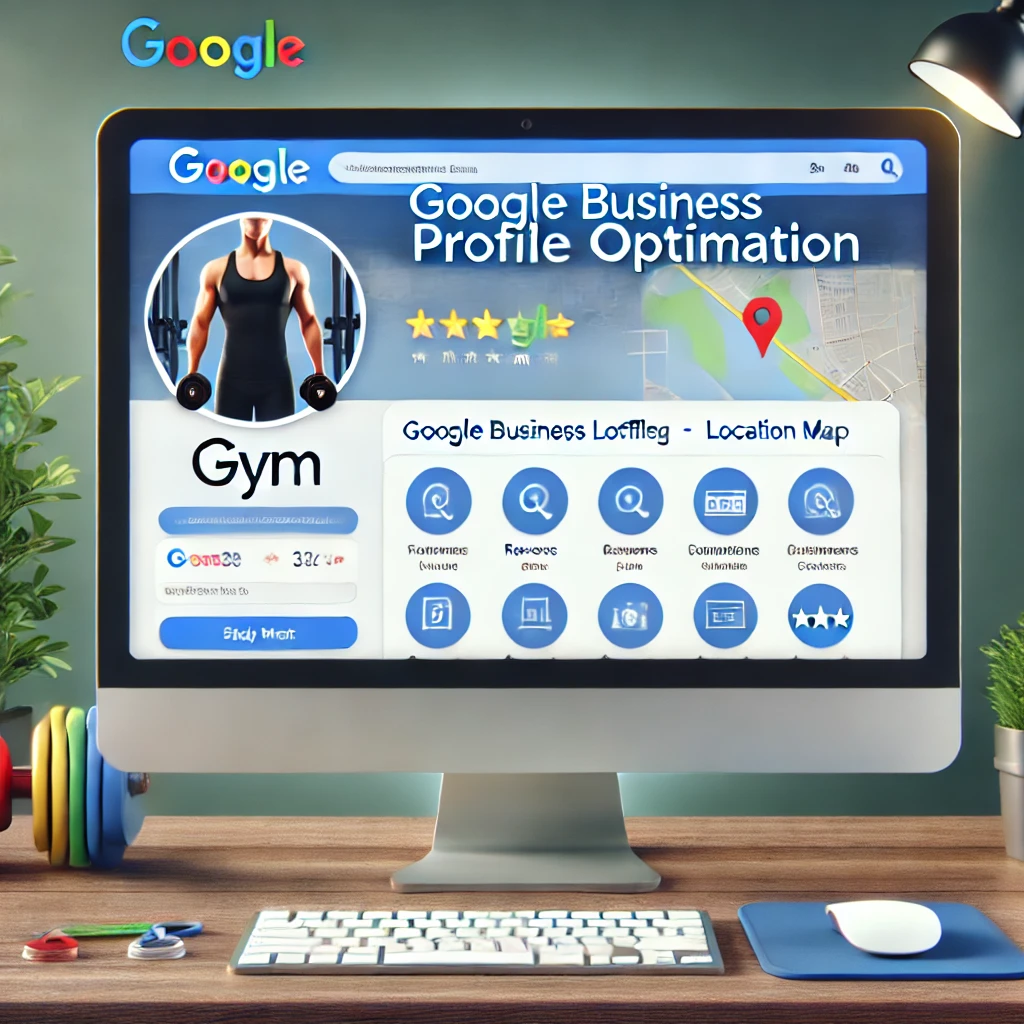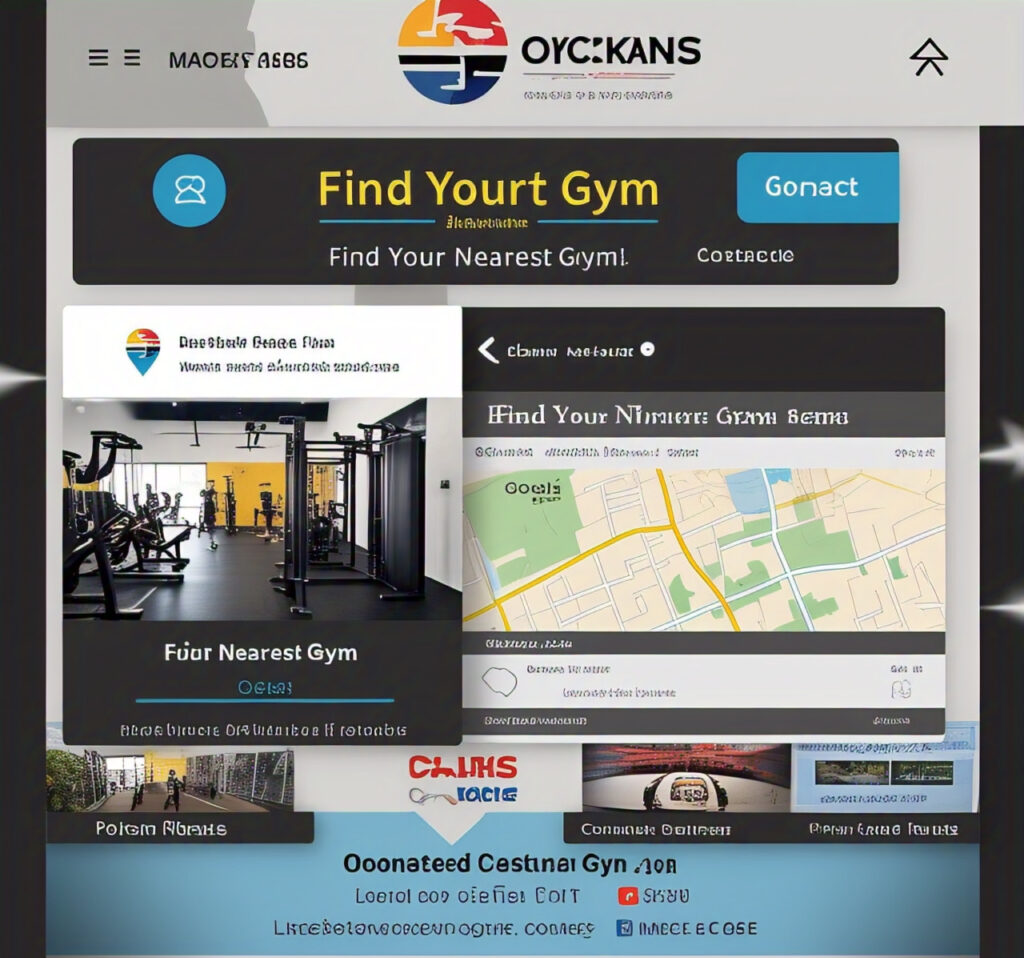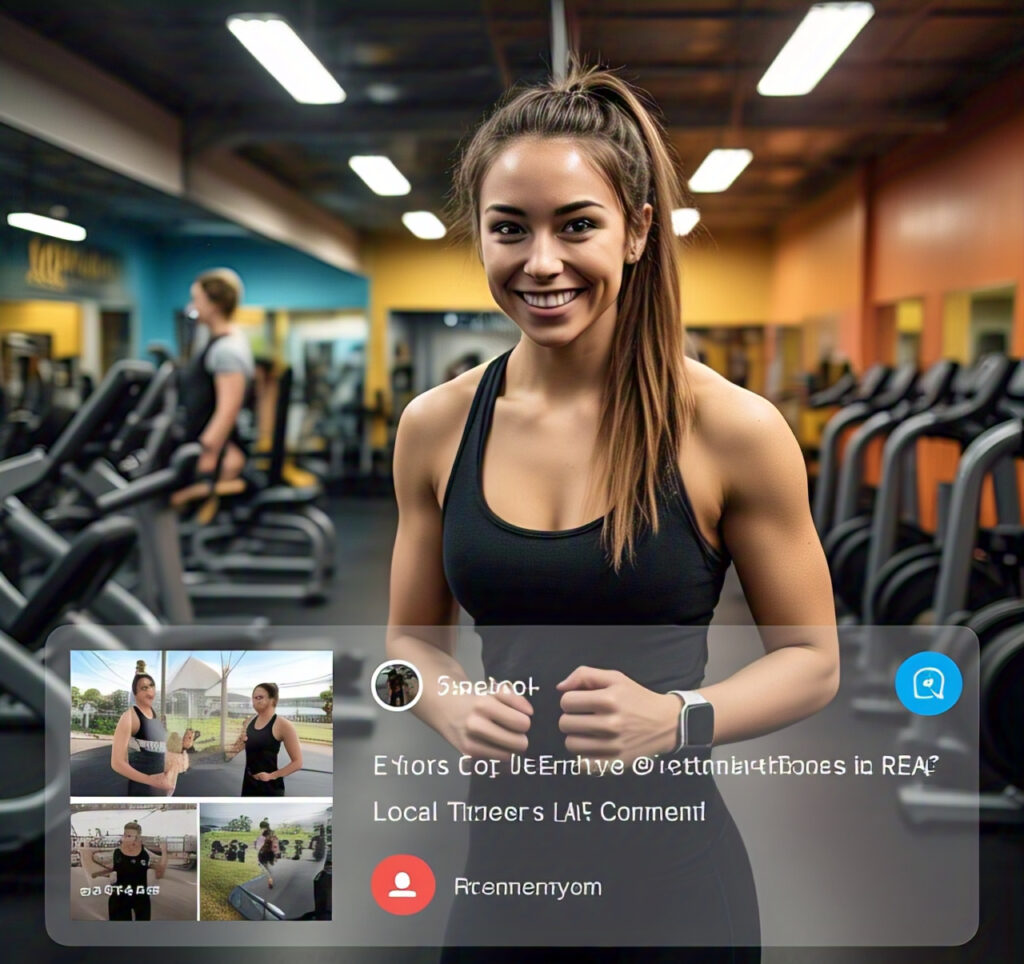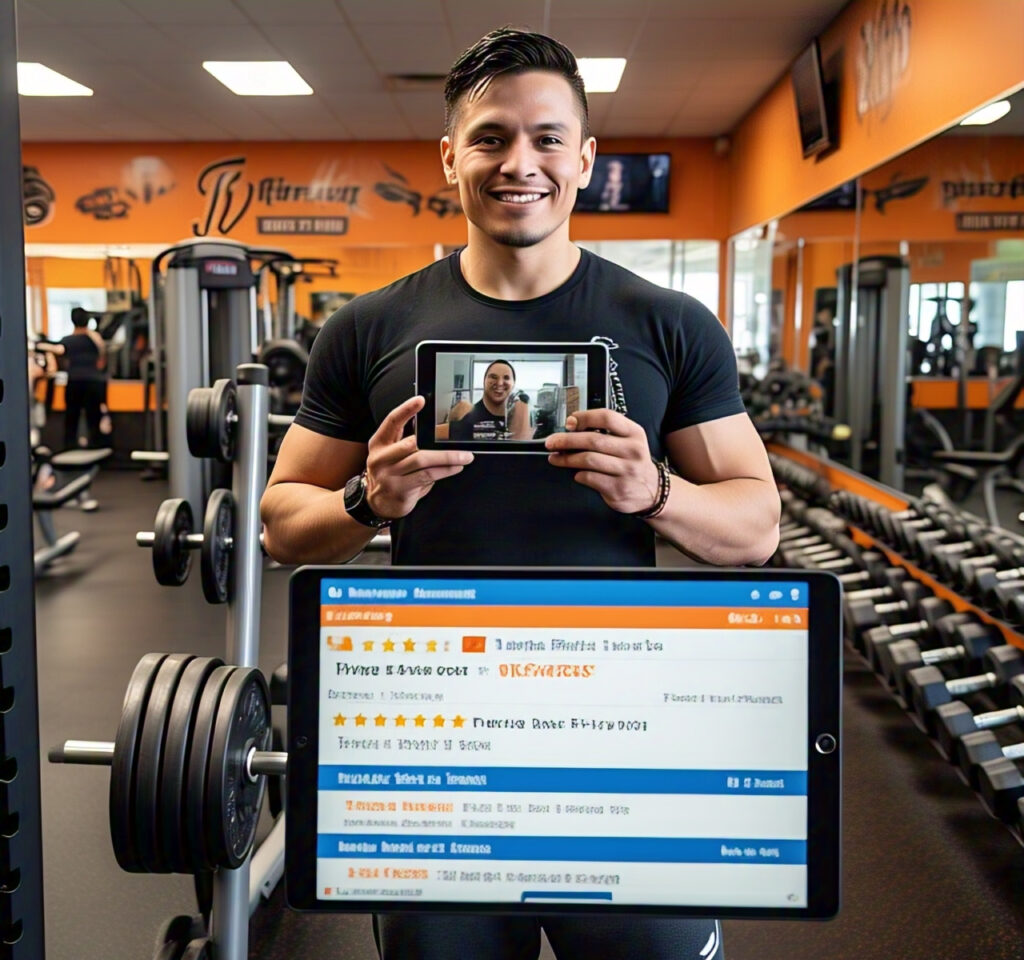Local SEO is the secret sauce for fitness gyms looking to attract more members from their area. It’s all about making your gym easy to find online for people nearby. If you’re a gym owner or manager, this guide will teach you simple, effective steps to boost your local search rankings and grow your business.
What Is Local SEO?
Local SEO (Search Engine Optimization) is the process of optimizing your online presence to attract more business from local searches. For example, when someone searches for “gyms near me,” you want your gym to appear at the top of the results.
Why is it important?
- Attract Local Members: Most people look for gyms close to their homes or workplaces.
- Increase Visibility: A strong local SEO strategy helps you rank higher on Google and other search engines.
- Stay Competitive: If your competitors are using local SEO and you’re not, you could be losing potential clients.
Step 1: Claim and Optimize Your Google Business Profile

Google Business Profile (GBP) is your gym’s online business card. Here’s how to make it shine:
- Claim Your Profile: If you haven’t already, claim your Google Business Profile.
- Fill in All Details: Add your gym’s name, address, phone number, website, hours of operation, and photos.
- Use Keywords: Include phrases like “best gym in [your city]” or “fitness center near me” in your description.
- Encourage Reviews: Ask happy clients to leave reviews, as they help build trust and improve rankings.
Step 2: Build Local Citations

Local citations are mentions of your gym’s name, address, and phone number (NAP) on other websites.
- Consistency is Key: Make sure your NAP is the same across all platforms (Google, Yelp, Facebook, etc.).
- Submit to Directories: Add your gym to fitness directories, local business directories, and maps. Examples include Yelp, Yellow Pages, and Foursquare.
Step 3: Optimize Your Website for Local Searches

Your website is the foundation of your local SEO efforts. Here’s what to focus on:
- Add Location Pages: Create pages for each location if you have multiple gyms.
- Use Local Keywords: Include phrases like “top gym in [city]” or “fitness classes in [neighborhood].”
- Mobile-Friendly Design: Ensure your website works perfectly on mobile devices since most local searches happen on phones.
- Add a Map: Embed a Google Map with your gym’s location on your contact page.
Step 4: Leverage Social Media for Local SEO

Social media can help your gym rank better locally.
- Post Regularly: Share photos, videos, and updates about your gym.
- Engage with Followers: Reply to comments and messages to build a connection with your audience.
- Tag Your Location: Always tag your gym’s location in posts and stories.
- Run Local Promotions: Offer discounts or free trials to local residents and promote them on social media.
Step 5: Use Online Reviews to Your Advantage

Positive reviews are powerful for local SEO.
- Ask for Reviews: After a workout session or fitness class, encourage members to leave reviews on Google, Yelp, or Facebook.
- Respond to Reviews: Always reply to reviews, whether positive or negative, to show you value feedback.
- Highlight Reviews: Share positive reviews on your website and social media.
Step 6: Focus on Local Link Building

Building backlinks from local websites can boost your SEO.
- Partner with Local Businesses: Collaborate with nearby cafes, health stores, or yoga studios for cross-promotions.
- Sponsor Local Events: Support charity runs, fitness expos, or school sports events.
- Write Guest Posts: Contribute fitness-related articles to local blogs or news websites.
Step 7: Track Your Progress

You can’t improve what you don’t measure.
- Use Google Analytics: Track website traffic and identify where visitors are coming from.
- Monitor Rankings: Use tools like SEMRush or Ahrefs to see how your gym ranks for local keywords.
- Adjust Strategies: Regularly review your results and tweak your strategies to improve performance.
Bonus Tip: Host Local Events and Challenges
Hosting events is a great way to attract local attention.
- Free Classes: Offer free trial classes for new members.
- Challenges: Run fitness challenges with prizes to keep people engaged.
- Collaborations: Partner with local influencers to promote your events.
Conclusion
Local SEO is a game-changer for fitness gyms. By optimizing your online presence and engaging with your community, you can attract more members and grow your business. Start with the steps in this guide, stay consistent, and watch your gym thrive!


